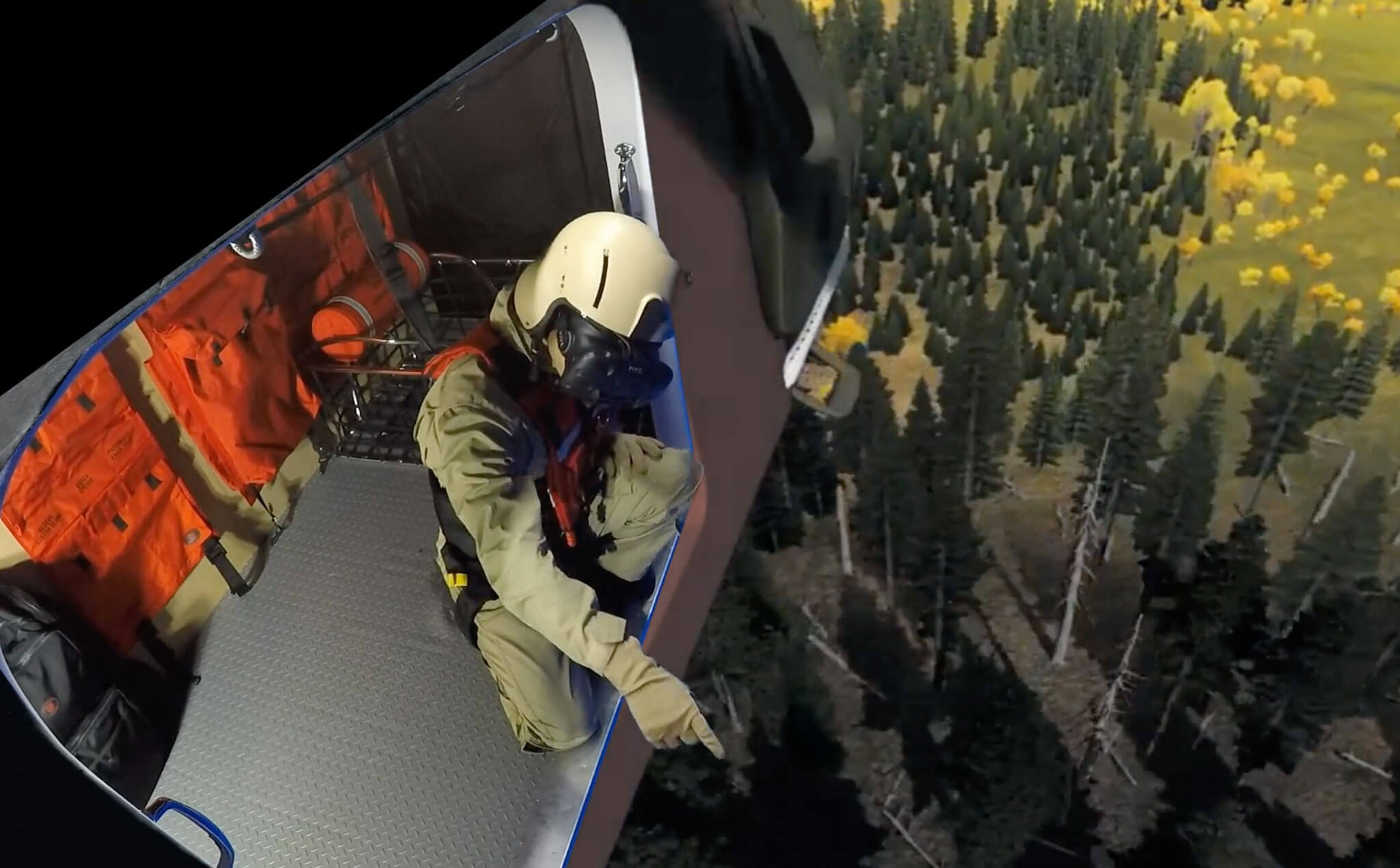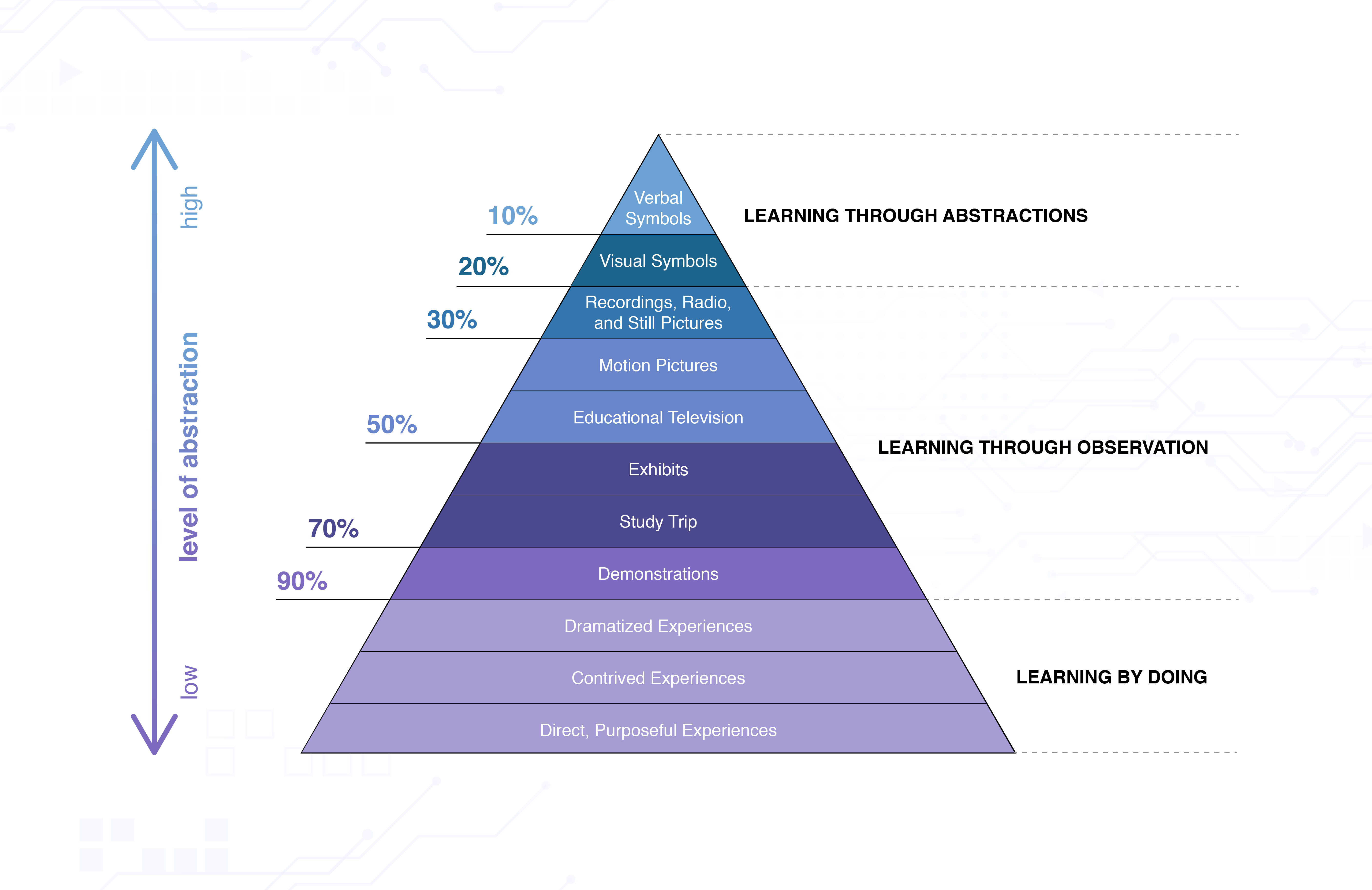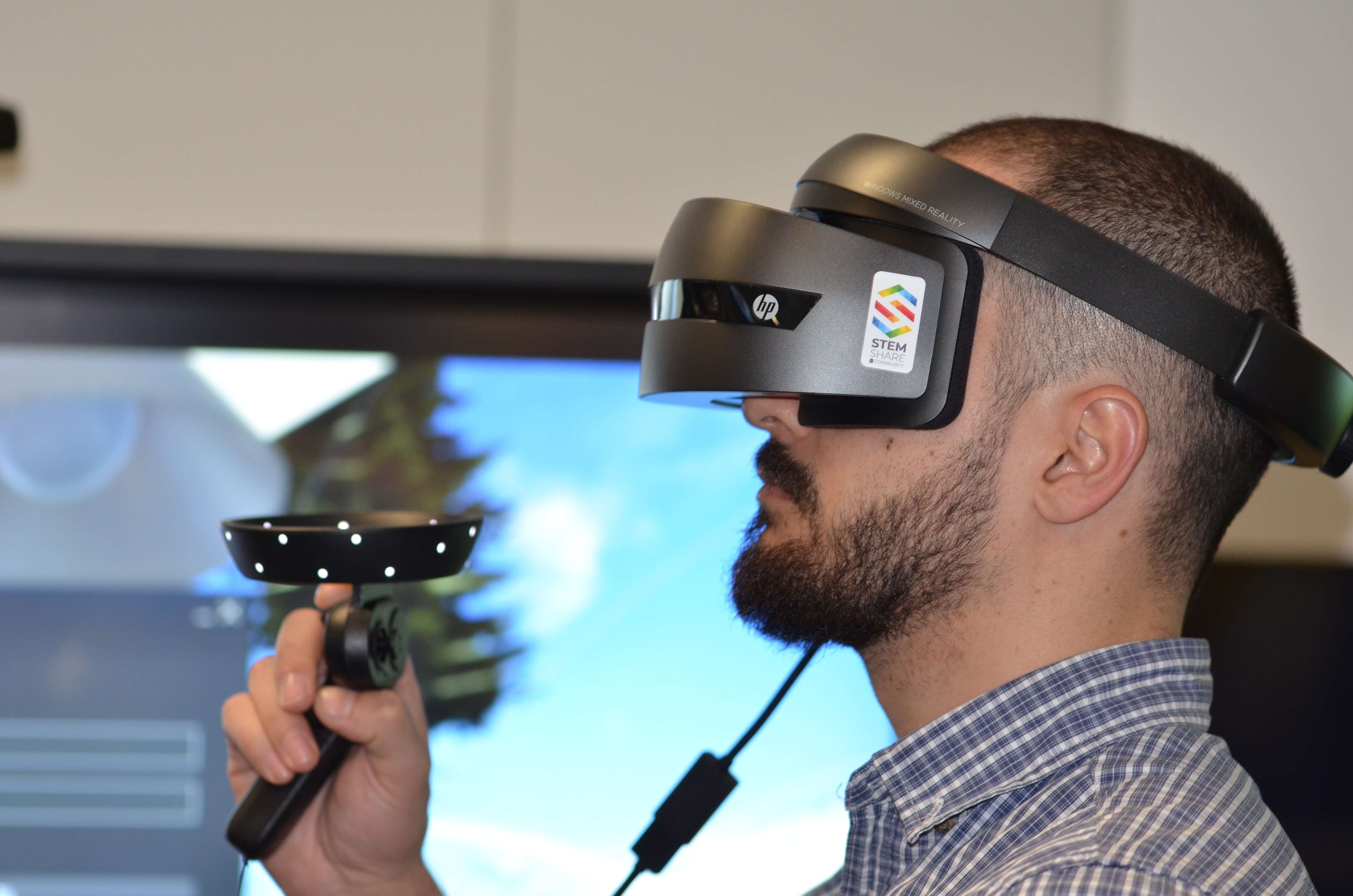When you are thinking about technological progress, it’s important to separate the know-how for domestic use from the innovations for business. It is much easier and simpler for an ordinary person to get used to a new phone or to deal with a robot vacuum cleaner than to implement new technology into production or business, doesn’t matter if it is large, medium, or small. But the effect from little home improvement can’t be compared to the effect of the digital transformation of the enterprise.
This works best for top-notch technologies, such as Virtual Reality which remains a mystery for a larger part of businesses. Yet some companies ( those that take technological progress seriously) are already using this technology and reaping rich fruits. We are talking about VR training- an irreplaceable tool for teaching and training employees. More than that, we will tell you how to introduce VR training into any kind of business quickly and efficiently.
Just take a look at the numbers: ROI of using VR training is 300 percent, according to Intel. And now, when your attention is firmly focused on the article, we are telling you everything you need to know about this technology.
What Is VR Training
VR training is the use of Virtual Reality technology to achieve learning goals. You can teach anything to anyone. This can be a lesson in zoology in elementary school, a biology or chemistry lesson in high school, or emergency training for business.
But today, we will focus on VR training, which is used to train staff. The universality of technology allows the application of technology in all industries and types of business. Why do we say so confidently that all industries can use VR training? The answer is simple: any business or production requires a certain number of workers with certain skills. It is precisely for the speed, quality, and number of trainees per unit of time that VR training is responsible for. How exactly does it work?
Virtual reality training is a perfect solution for industries where real training is impossible: aviation, construction, heavy manufacturing, chemical manufacturing, environment, health & safety.

How is VR Training for EHS Created?
A plan and training scenario is prepared in advance. Special methodologies, in tandem with business analysts, are doing this. A detailed scenario is prescribed for each lesson. The team of 3D artists creates the whole picture, namely: the environment, objects, people, drop-down checklists, and more. Further, XR specialists will implement 3D models in the software for the device for reproduction – virtual reality glasses.
The trainee wears glasses and moves to a completely different reality, where he/she follows the instructions and assignments that duplicate his future work responsibilities. Thus, the employee significantly reduces training time and gets ready for real-life situations. The information that an employee receives for watching a 1.5-hour video can be submitted in only 15 minutes of interaction with Virtual Training.
Also, VR training is able to guide an employee through any emergency without endangering a person or the environment. You just need to write the appropriate script. This could be an industrial accident, a health accident, a natural disaster, or even a war. Such training guarantees the correct actions of employees without panic.
The Most Powerful Advantages of VR Training
- The quality of knowledge. After any training, the person staff passes the final test. After passing the test and admission to work, the employee may forget those skills that he/she has learned poorly or will not use every day. This is especially true for industries with increased risk. Thank God, not every day extraordinary incidents and natural disasters happen, but nobody will specifically reproduce them. But to be sure that employees will always be able to correctly respond to any incidents, such exercises are needed. Periodic VR training sessions exclude the possibility that staff will forget how to behave and start to panic. This is proven by a globally recognized learning model called the Edgar Dale Learning Cone. According to this learning model, after two weeks, the human brain tends to memorize 10% of what it reads, 20% of what it hears, but 90% of what it does or imitates.

- Speed of learning. An employee will learn faster if he not only listens to lectures, reads, and passes tests but reproduces the necessary actions. The evidence is another study on the method of memorization conducted at the National Training Laboratories in Bethel, Maine – the Learning Pyramid.
- Less training costs. The specificity of VR training is that in one unit of time, you can train the number of people you need. Many lecturers and methodologists are not required for this. On different continents, in different offices, any number of employees can be trained in parallel. Creating multiple scenarios and repeating training is much cheaper than working with a group of training specialists and their business trips. It is also important that the scenarios can be easily changed, updated, and adapted for different countries and specialists. However, the training equipment remains the same.
- Large involvement. Finally, no one will argue about this – virtual reality is much more interesting than all the previous technologies we used to study. The reality of the picture and the effectiveness of training involve people more, thus increasing the effectiveness of training. It’s not enough to provide material. The form of study plays a big role. If the student is interested in learning, the process is fast, easy, and efficient.
- Incredible diving. Every year, the quality and naturalness of animation and 3D models increase. 3D artists can recreate any environment with any objects with the right accuracy and certain qualities. Trained personnel will not face the problem of inconsistency of training and real tasks.

The Industries That Will Benefit Most From the Use of VR in Education
As we said earlier, using VR in education is relevant for all businesses and industries where people are involved. But we are able to identify several industries that will receive the most benefits from VR training:
- Manufacturing
In manufacturing, training is suitable for almost all specialists. In particular, for drivers of complex mechanisms, equipment repair specialists, and laborers for learning safety knowledge. Large Manufacturing is always a big risk. All production employees, without exception, must undergo high-quality training in emergency response.
- Military sector
Taking into account the specifics of the military sector, we must understand that real training is impossible. It is dangerous and expensive. But VR training allows you to immerse people in another reality and add up any scenario that they will go through. Thus, it is possible to prepare the army of any country for any trials without enormous expenses and risky exercises.
- Mining industry
One of the riskiest industries. Its danger consists not only in possible accidents but also consequences for the environment in the case of incorrect decisions. Simulations of different scenarios allow you to prepare personnel for any outcome of events. Also, a big plus of using VR in education is that a specialist can quickly retrain into a related specialty or get used to new working conditions in his/her specialty.
- Medical sphere
Medical workers are directly responsible for the life and health of the patient. This leaves an imprint of stress and excitement. In order to avoid mistakes due to carelessness and excitement, the medical professional must bring automatic actions during critical situations. It is this kind of immersion in the situation that provides VR training.
- Aviation sector
High realism and 100 percent reproduction of difficult situations is the secret of the effectiveness of using VR in education for aviation industry workers: pilots, stewards, navigators, and service personnel in general. Responsibility for people on board and on the ground will be perfectly worked out during training. You can say that there are real training simulators for aviation workers. Virtual Reality technology wins here too. After all, the price of software and a huge simulator is simply not comparable. Another plus is that the software can be changed, for example, when changing aircraft models. But in the case of the real prototype will have to purchase a new one.
Virtual Training for EHS
The EHS industry will benefit the most from the implementation of VR training. The situations that seem too dangerous to reproduce in real life are perfect for virtual reality visualization.
Emergency evacuation in case of fire? It’s possible to do it.
Emergency training in the airport during a terrorist attack? No problem.
The thing is, virtual reality is so stimulating that most people admit that they behave in the very same way they would behave during a critical situation.
Conclusion
Summing up all of the above, we can confidently say that VR technology is the future of any practical education. Moreover, high-risk industries simply will not be able to continue to work effectively without staff training through VR training. VR training will become the gold standard in staff training. Moreover, the faster the company begins to implement such high-tech expertise in its work, the faster its market position will grow. After all, this is exactly what the history of mankind shows us. Whoever quickly adapts to new inventions is the winner. And, in our case, the strongest player in the market.
To implement such a solution in your business, you don’t need to hire a huge team of business analysts, methodologists, developers, testers, 3D specialists, and more. All this is outsourced. The output will be a ready-made plan and software for training with technical support. We are ready to create an incredible experience for the training of your staff.




